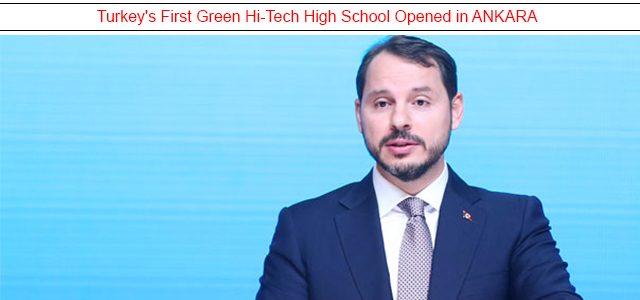
Researchers from the University of Manchester are studying the use of materials to make solar energy panels cheaper and more efficient.
The university released its research findings on Tuesday outlining the potential to reduce the cost of production and manufacturing of solar cells used in solar panels. These findings should make electricity cheaper for the public by using polystyrene particles instead of expensive polymers, common in the traditional manufacture of panels.
"Traditional photovoltaic panels incorporate silicon to harvest the light which is converted into energy but it is an expensive, energy-intensive material to produce. Recent research has turned to panels using a cheaper compound, perovskite, as the light harvesting layer instead of silicon," the research said.
The research shows that by using insulating polystyrene microgel particles in Perovskite Solar Cells, a new kind of solar panel, it is possible to increase the rate of power conversion efficiency and with potentially relatively lower costs per watt.
Current Perovskite Solar Cells typically use organometallic halide perovskite as a light absorber, which degrades when exposed to water, making their practical use limited.
The cells also rely on a hole-transportation layer, which promotes the efficient movement of electrical current after exposure to sunlight. But manufacturing the hole-transportation organic materials is very costly and these lack long-term stability, the university said.
"The perovskite layer in solar cells is not inherently unstable, but the required hole-transportation organic materials are. Hole-transportation organic materials made of congregated polymers are thin but they are also relatively expensive and contribute a significant portion of the total cost of the solar cell. In this study we used polystyrene, which is one ten thousandth the cost of polymers to produce, and is also hydrophobic which helps improve the stability of Perovskite Solar Cells," explained Brian Saunders, professor of polymer and colloid chemistry at the University of Manchester.
"More research is required to realize the full potential of the Perovskite Solar Cells technology, Saunders said and added, "That is why we’re looking at how best to produce Perovskite Solar Cells, keep them dry and make them even more commercially viable in the future," Saunders added.




